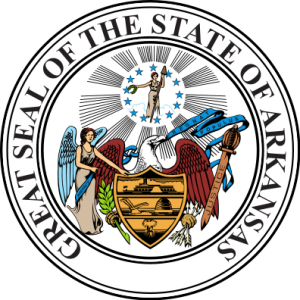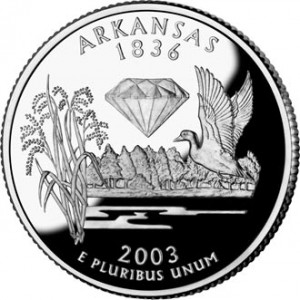 Arkansas Population 2013
Arkansas Population 2013
The United States Census Bureau estimates that the population of Arkansas in 2013 was 2,949,132, which is ranked the 32nd largest population in the United States. This estimate shows a 1.1% increase since the last census in 2010, also conducted by the United States Census Bureau. The population density of the state is 54.8 people per square mile, ranked 34th largest density in the United States. By the year 2020, the population of the state of Arkansas is expected to reach about 3.06 million people.
Arkansas Land Mass
The state of Arkansas has a greatest distance from east to west of 276 miles and the greatest distance from north to south of 240 miles with a square area of 53,182 square miles, making it the 29th largest states in the United States. Of the 53,182 square miles, only 1,107 square miles are covered by water. The highest point in the state of Arkansas is Magazine Mountain at 2,753 feet above sea level. This mountain exists in the Mt. Magazine State Park. In contrast, the lowest point in Arkansas is the Ouachita River, which is 55 feet above sea level.
There are five major areas of land in the state of Arkansas: Ozark Plateau, Arkansas Valley, Ouachita Mountains, Mississippi Alluvial Plain, and West Gulf Coastal Plain. The Ozark Plateau is in the northwestern and north central part of the state. This area consists of rugged hills and valleys. It is also home to Mammoth Springs, which happens to be one of the largest springs in the United States. The Arkansas River Valley is directly south of the Ozark Plateau. The Mt. Magazine State Park is in this part of the state, which means it has the highest point in Arkansas. The Ouachita Mountains are directly south of the Arkansas River Valley. This area is home to Hot Springs, which is known all over the world. Along with the hot springs, the mountains are known for mineral and timber resources. The Mississippi Alluvial Plain lies along the eastern coast of the state. It lies along the Mississippi river and is sometimes known as the Delta region due to its rich soil. Lastly, the West Gulf Coastal Plain lies to the west of the Mississippi Alluvial Plain and to the south of the Ouachita Mountains. This area is made up of many pine forests and farmlands. This is the area of the state where the lowest point is found: Ouachita River.
 Arkansas Demographics
Arkansas Demographics
Of the approximate 2.9 million people in the state of Arkansas, about 51% of the population is female and 49% is male. Also, 80% of the population identifies as white (including Hispanic or Latino). But, out of that 80%, only 7% do identify as Hispanic or Latino and 73% as Caucasian. About 16% of the population identifies as Black or African American. Those that identify as American Indian, Alaskan Native, Asian, Native Hawaiian, other Pacific Islanders, and those that identify as two or more races make up only about 4% of the population.
Arkansas Religion
The population of Arkansas identifies as religious at a slightly higher percentage than the national average. About 55% of the state population identifies as religious, compared to the national average of 49%. About 31% out of the total 55% identify as Baptist, making it the largest denomination in the state of Arkansas. The next largest denomination in the state of Arkansas is Methodist, making up only 7% out of the total 55%. Those that identify as Christian make up all but 0.33% out of the total religious population. Islam, Judaism, and other Eastern religions make up the other portion of religious.


